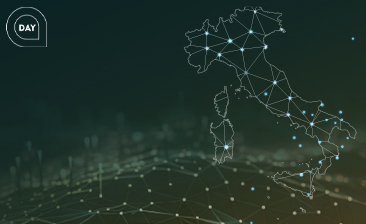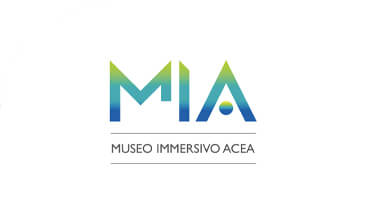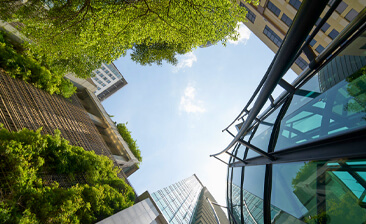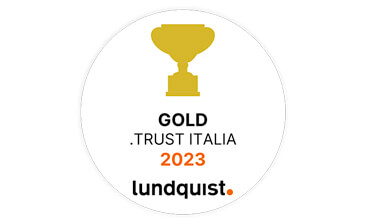
Acea for World Energy Saving Day
Water is priceless. Water is a finite, yet essential resource for life, to which all living creatures are entitled.
So what are you paying for in your utility bill? You aren't paying for the water, in the sense of the raw material. What you're paying for is the cost of the services to collect it from the source, make it drinkable, transport it to your home and then send it back to the sewage treatment plants.
So, if we want the precious liquid to come out of the tap in your home at the turn of a knob, we all have to help pay for the cost of the service to guarantee the water reaches you.
What's more: as water is such an important resource, the more we use, the more we'll be asked to pay: this is the principle of "he who pollutes more, pays more' on which Europe bases its environmental and water service management taxes.
Who decides the cost of the service?
It isn't your water service provider who establishes the ' cost' of your water. The tariff to be applied to the various users is established by the Local Water Board Authority (AAto 5 for Frosinone), which consists of all the mayors of the Municipalities within the Ato area, based on the rules set by the Supervisory Authority for the sector (Arera) and on the basis of balance-sheet and management data provided by the service provider (Acea Ato Spa in Ciociaria), controlled by the technical structure of that Local Board (Sto). Arera then checks (and corrects where necessary) that all the assessments have been corrected.
We also have to remember another principle established by the European Union and applied to the water service, i.e. the so-called "full recovery cost", which is the obligation to use the tariff (i.e. the 'price' to apply to the cubic metres consumed) to cover everything spent on service management, including investments.
The Galli Law of 1994 was the first tariff method (the so-called 'standardised') to be applied. Essentially, it envisaged that the average tariff to be applied should be calculated by dividing the annual management costs predicted for the total volume in cubic metres invoiced to users, in order to obtain the cost per cubic metre to offer the residents served. The tariff was then divided according to the type of use and consumption time band.
This method was updated several times and today has 'evolved' with the appearance on the scene of the Regulation Authority, which has tried to align the cost of the service in the various communities throughout Italy according to the specific requirements of each area.
Discover the latest news and initiatives of the Acea Group

Acea for World Energy Saving Day

Visit the virtual museum about the history of the Acea Group

The channel for the commercial requests on land urbanisation

Acea turns the spotlight on the Rome Film Festival 2023

Acea is in the "Gold class" in the .trust research

Read more about our culture of inclusiveness